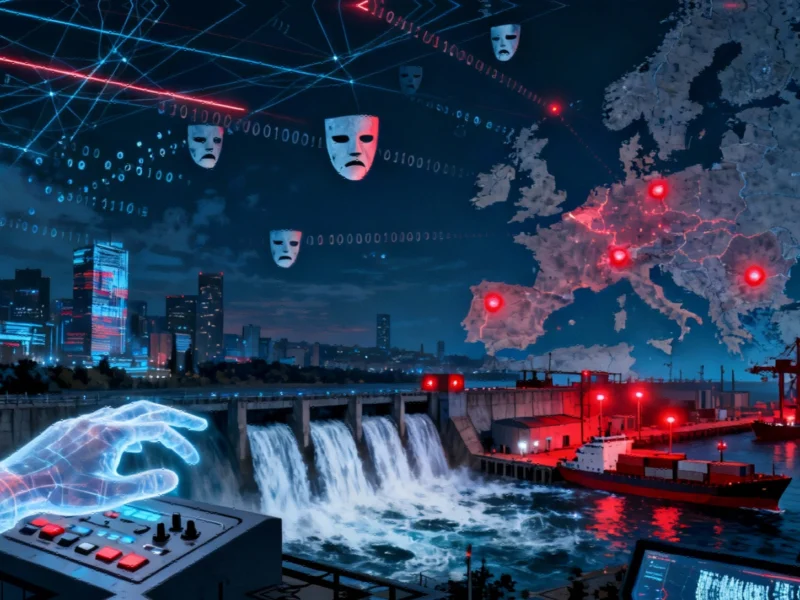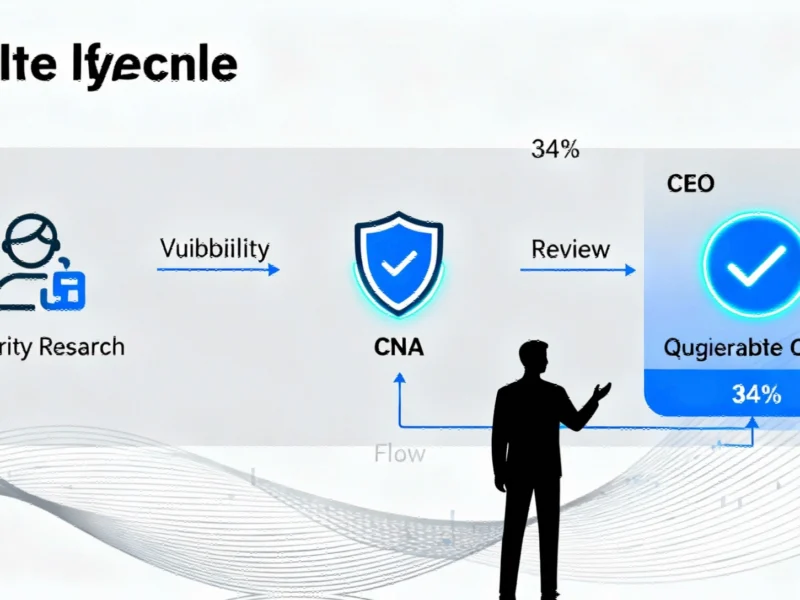Advanced Persistent Threat Group Expands Global Operations
Security researchers have uncovered a sophisticated cyber espionage campaign targeting European telecommunications infrastructure, with evidence pointing to the China-linked threat actor known as Salt Typhoon. The group, which security firm Darktrace has been tracking, successfully compromised a major European telecom provider using advanced techniques that demonstrate the evolving nature of state-sponsored cyber threats.
According to Darktrace’s threat intelligence team, the intrusion began in early July 2025 when attackers exploited vulnerabilities in Citrix NetScaler Gateway appliances. “The timing suggests defenders were concurrently patching recent NetScaler flaws, including CVE-2025-5349 and CVE-2025-5777 from June,” explained Nathaniel Jones, Darktrace’s field CISO and VP of security and AI strategy.
Exploitation Chain and Infrastructure Analysis
The attack methodology reveals a carefully orchestrated operation. After initial compromise through Citrix vulnerabilities, the threat actors pivoted to Citrix Virtual Delivery Agent (VDA) hosts within the client’s Machine Creation Services subnet. Darktrace’s analysis indicates the initial access activities originated from an endpoint potentially associated with SoftEther VPN service, suggesting sophisticated infrastructure obfuscation from the outset.
The attackers then deployed the SNAPPYBEE backdoor (also known as Deed RAT) to multiple Citrix VDA hosts, using DLL sideloading techniques to evade detection. This method involved tricking legitimate antivirus applications—including Norton Antivirus, Bkav Antivirus, and IObit Malware Fighter—into loading malicious Dynamic Link Library files. This stealthy approach allowed execution under the guise of trusted security software.
Command and control communications utilized LightNode VPS endpoints over both HTTP and an unidentified TCP-based protocol, with compromised systems contacting the domain aar.gandhibludtric[.]com (38.54.63[.]75). This infrastructure has been previously linked to Salt Typhoon by threat intelligence firm Silent Push.
Broader Industry Implications and Response
This incident occurs amid wider industry developments in technology security and infrastructure protection. The telecommunications sector represents critical infrastructure, making it a high-value target for nation-state actors seeking intelligence gathering or potential disruption capabilities.
Security researchers note that the rapid evolution of threats like those seen in recent technology security incidents demonstrates the need for continuous monitoring and advanced detection capabilities. The connection to previously documented campaigns suggests consistent tradecraft refinement by advanced persistent threat groups.
Technical Countermeasures and Defense Strategies
Darktrace’s platform identified and stopped the intrusion during early stages, preventing escalation and eliminating dwell time. This successful intervention highlights the importance of AI-driven security monitoring that can detect subtle anomalies in network behavior and system interactions.
The incident also underscores the critical need for timely patching of known vulnerabilities, particularly in widely deployed infrastructure components like Citrix products. The speed with which threat actors weaponize disclosed vulnerabilities continues to challenge enterprise security teams.
As organizations consider their defense postures, they must also monitor related innovations in hardware security that could provide additional protection layers against sophisticated attacks.
Attribution and Historical Context
Darktrace assesses with moderate confidence that the observed activity aligns with Salt Typhoon, also tracked as Earth Estries, ALA GhostEmperor, and UNC2286. This assessment is based on overlaps in tactics, techniques, procedures (TTPs), staging patterns, infrastructure, and malware characteristics.
The group has been active since at least 2019, with operations spanning more than 80 countries. Their focus on telecommunications providers aligns with historical targeting patterns, including previous intrusions into American telecommunications firms that resulted in the theft of metadata belonging to “nearly every American,” according to FBI officials.
This latest campaign against European targets follows similar suspected Chinese cyber espionage activities that security researchers have been tracking across multiple sectors and regions.
Future Outlook and Protective Measures
The telecommunications industry faces ongoing challenges in securing complex, distributed networks against determined adversaries. As threat actors continue to refine their techniques, organizations must implement defense-in-depth strategies that combine traditional security controls with advanced behavioral analytics.
While this specific incident was contained early, it serves as a reminder that even as we see market trends in various technology sectors, the fundamental need for robust cybersecurity remains constant across all digital infrastructure.
Enterprise security teams should prioritize vulnerability management, particularly for internet-facing systems, and implement continuous monitoring for anomalous activity. The combination of legacy systems and emerging technologies creates complex attack surfaces that require comprehensive security approaches.
As organizations navigate these challenges, they must also consider how related innovations in hardware and software design might influence future security architectures and defensive capabilities.
This article aggregates information from publicly available sources. All trademarks and copyrights belong to their respective owners.
Note: Featured image is for illustrative purposes only and does not represent any specific product, service, or entity mentioned in this article.



